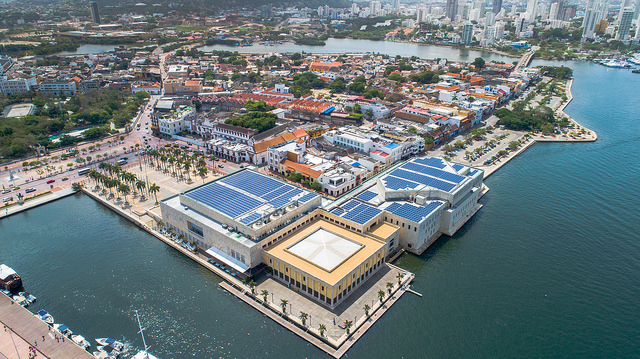With the approval of Decree 829 of 2020 (Decreto 829 de 2020), the government of Colombia is facilitating access to tax incentives defined in Law 1715 of 2014 by making the Energy Mining Planning Unit (UPME) the only entity that is allowed to determine which renewable energy projects are entitled to such fiscal benefits.
The time required to obtain approvals for the fiscal incentives from the National Authority for Environmental Licenses (ANLA) has been halved from three months to 45 days.
Law 1715 granted an additional deduction of income, applicable within a period of five years, for up to 50% of the value of investments. It also introduced the exclusion of value-added tax (VAT) for the purchase of goods and services and an accelerated depreciation that cannot exceed 20% per year.
The extension of the fiscal incentives was announced by the government in the National Development Plan 2018-22, in which it was decided that the income tax deduction went from five to 15 years. An automatic VAT exclusion was also established for the acquisition of solar panels, inverters, and charge controllers for PV installations. With the issuance of Decree 829 of 2020, this income deduction is also regulated, allowing new companies to secure the benefit from the taxable year that follows the start of operations for a project.
Under Law 1715, projects that have already been evaluated by UPME and have certifications issued with a favorable concept until Dec. 31, 2019, may use such certifications to make the incentives effective, without any additional procedures. Also, Decree 829 of 2020 allows UPME to update the regulations and streamline the procedures to access tax benefits.
According to the latest statistics from the International Renewable Energy Agency (IRENA), Colombia had a total installed solar capacity of just 90 MW at the end of 2019. However, about 341 solar projects have been approved or are under review in Colombia, according to a registry compiled by UPME.
Colombia plans to build up an 18.38 GW clean energy generation portfolio. Solar will contribute 9.48 GW, hydro 4.45 GW, wind 2.55 GW, and biomass 2 MW. Some 1.9 GW of capacity will also be secured from planned thermoelectric assets, which generate current from differences in temperature.






